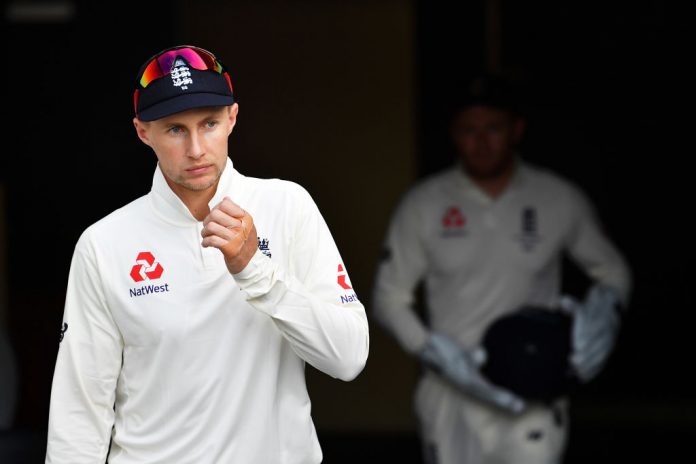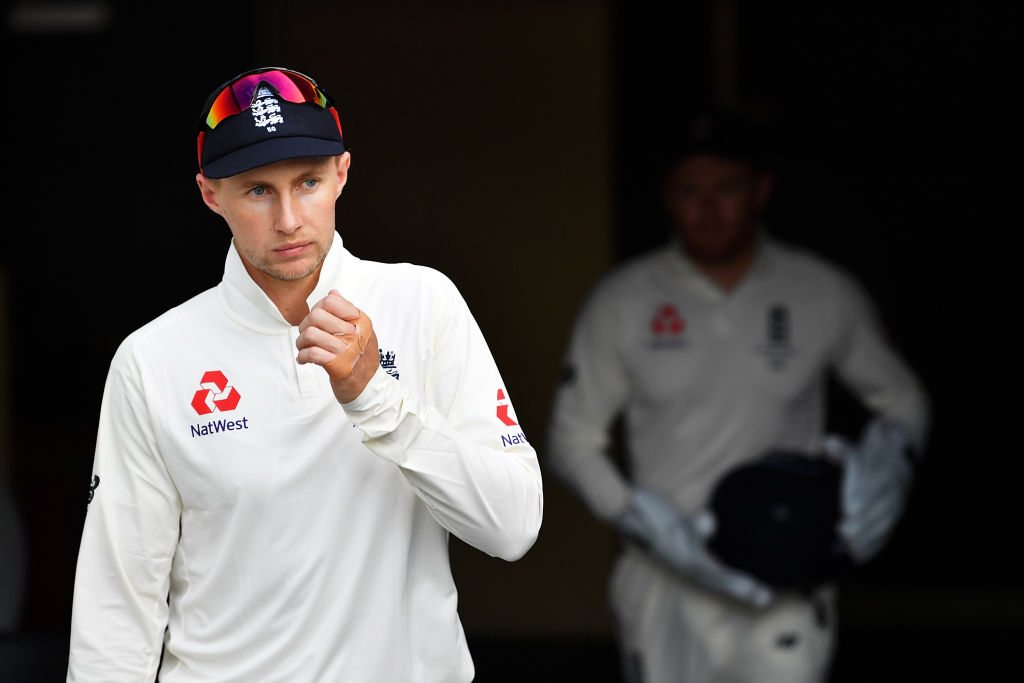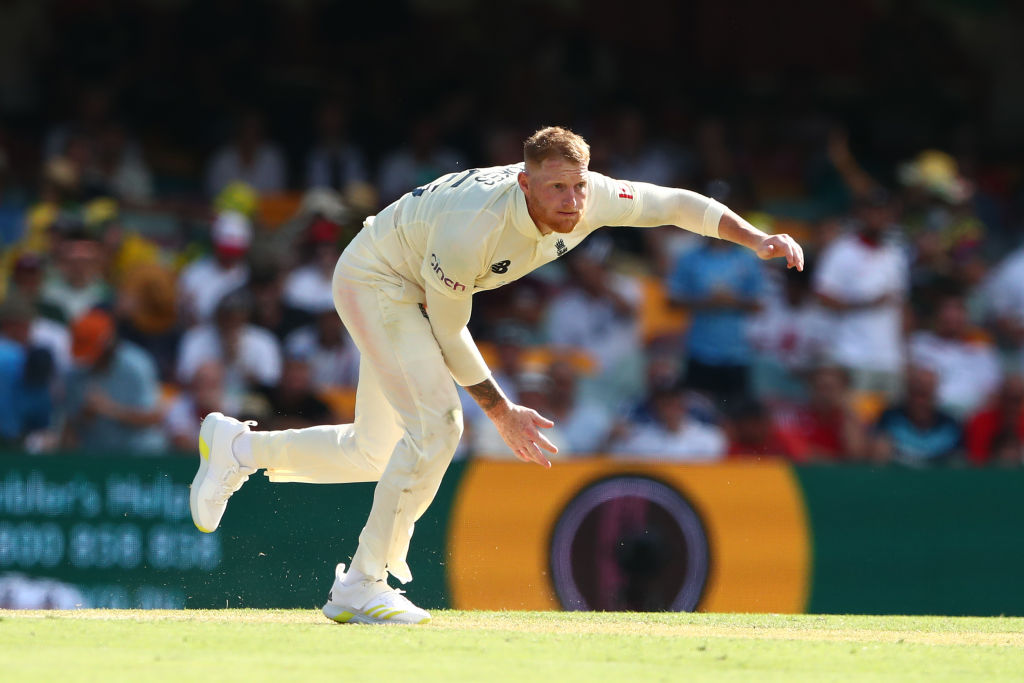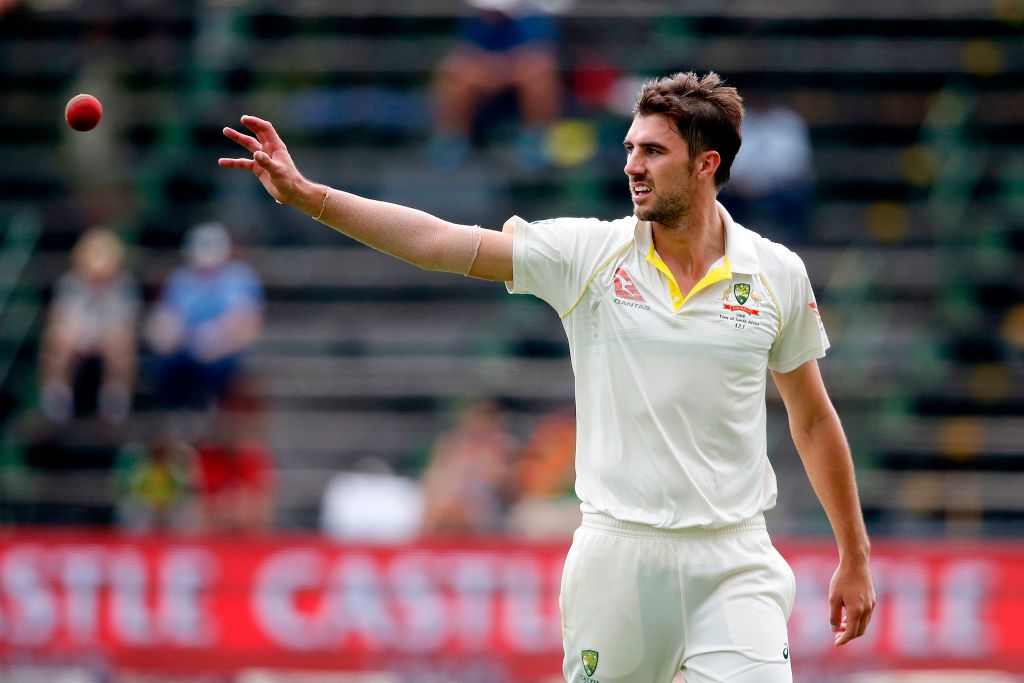

There were moments during the recent Ashes Test Series in Australia where the constant and irritating issue of slow over rates had become front and centre in the thinking of many viewing the matches.
England fell significantly behind during the First Test and never really improved their over rate throughout the entire series. The Australians were not innocent either, with a heavy reliance on their pace bowling attack and limited-overs bowled by off-spinner Nathan Lyon at different stages of the series, they too frequently dragged the chain.
England took a financial penalty after the opening match in Brisbane, in the vicinity of $300,000, as well as having five World Test Championship points docked from their tally. Already trailing badly in that competition, the punishment could well see them remain at the bottom of that ladder for at least the remainder of the year and should further infringements occur, perhaps eliminate any hope of climbing it at all.

Whilst the problem is obvious; slow decisions regarding field settings, third umpire intrusions, no-balls and a general lack of enthusiasm from fielding teams to keep the game moving along at an accepted rate, all contribute to modern cricket's 13-over-hour.
At that rate, which right now appears to be the going one in world cricket, a total of 12 overs are lost across six hours of play, with even the additional 30 minutes afforded teams as dusk approaches not providing enough time for all 12 to be bowled. Hence, the ICC intends to fine and dock points in an effort to bring about change. At this point in time that effort appears futile.
Wealthy cricketers do not seem to mind a slight whack in the hip pocket, especially considering yearly Indian Premier League contracts that make many players financially comfortable in the extreme and whether the World Test Championship is truly valued and craved by all competing nations appears doubtful.
Thus, the punishments may well lack the punch required.
Australian cricket great Shane Warne has been vocal in his displeasure around the speed of the game, calling on the regulation makers to suspend captains from subsequent tests. The counter-argument to such a move would be that it could potentially further decrease the value being offered to the paying fan, by removing one of the best players on show and potentially weakening the contest.
As a member of the MCC's World Cricket committee, alongside other former greats of the game, Warne has openly conceded that run penalties have also been discussed. The idea of 25 runs being awarded to the batting team for every over the bowling side falls short of 90 in a days play has been rather recklessly thrown around, with sceptics fearful of a great Test match contest potentially being decided by a single over penalty.
Frankly, neither idea appears likely to be an effective resolution.
Perhaps a stopwatch on each individual bowler could be the only real way to accurately identify the culprits. Field changes are often instigated by the bowler, thus significantly affecting the time it takes to complete each set of six balls. Captains play a role, yet four-minute overs are the benchmark and need to be the ICC's prime objective.

If pace bowlers are completing overs at around four-and-a-halfminutes and spinners at around three-and-a-half, the average days' play would always feature 90 completed overs, especially considering the additional half-hour provided at the end of the day to mop up any shortfall.
Should a bowler consistently exceed those benchmarks according to an official who monitors individual over times, perhaps they are not permitted to bowl in the following session? Banned from the crease the following day? Or not eligible for selection in the following match.
The perfect answer to the problem potentially does not even exist, yet fines and the docking of points do not appear to be working, nor would removing captains from the field or adding significant runs to tallies that have not been earned by the batting side in any way, shape or form.
Target the bowlers themselves and should they be identified as the cause, take the ball out of their hands. Otherwise, the ICC could leave everything as it is and watch Test cricket continue to struggle to provide the amount of play that fans deserve and have paid for.





